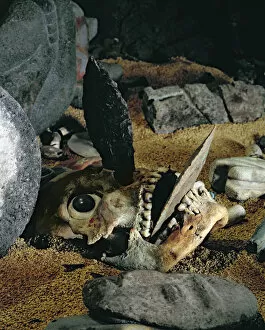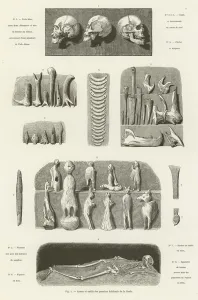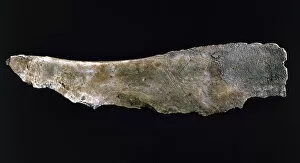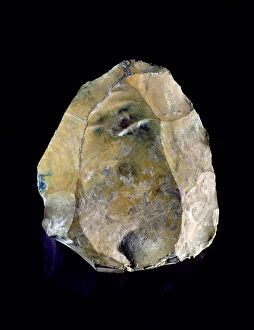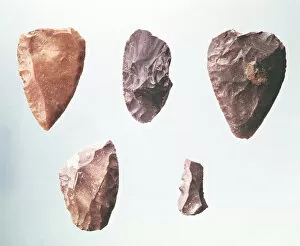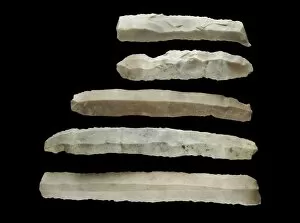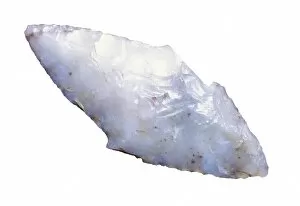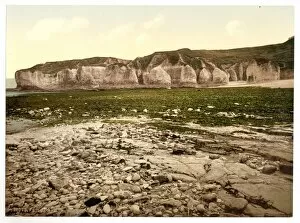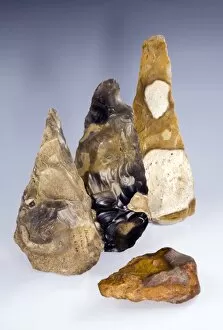Silex Collection
"Silex: Unveiling the Ancient Artistry and Utility of Flint" Discover the captivating world of silex
All Professionally Made to Order for Quick Shipping
"Silex: Unveiling the Ancient Artistry and Utility of Flint" Discover the captivating world of silex, a remarkable material that has left an indelible mark on human history. These three serrated points from Volgu, dating back to the Solutrean Period (20000-15000 BC), serve as silent witnesses to our ancestors' ingenuity. Step into the enchanting realm of music with Piano De Silex - 1, where melodies once resonated through its flint keys. Le Vocabulaire Illustre introduces us to the diverse linguistic landscape surrounding silex, known as Kieselstein in German engraving. Immerse yourself in ancient battles depicted on a knife carved during Egypt's Naqada II period at Gebel el-Arak. Marvel at the intricate details and craftsmanship that bring these scenes to life. A hauntingly intriguing sight awaits you with a skull adorned by flint knives stuck in its mouth and nose. This mixed media artwork, detail of 397394, offers a glimpse into mysterious rituals and beliefs from times long past. Journey across continents and centuries as we encounter Aztec ritual objects found near Templo Mayor. Dating back to 1469-81, these artifacts shed light on ceremonial practices intertwined with silex's significance. Trade card enthusiasts will delight in an image showcasing a chromolitho depiction of a flint axe—an emblematic tool that shaped civilizations throughout history. Leaping forward through time, an engraving titled "Armes et outils des premiers habitants de la Gaule" showcases Gaul's early inhabitants wielding their trusty silex weapons—a testament to their resourcefulness and survival skills. Witness humanity's first workshop—the birthplace of industry—at Pressigny through another evocative engraving. Here lies evidence fabrication and polishing techniques employed by our earliest ancestors.






